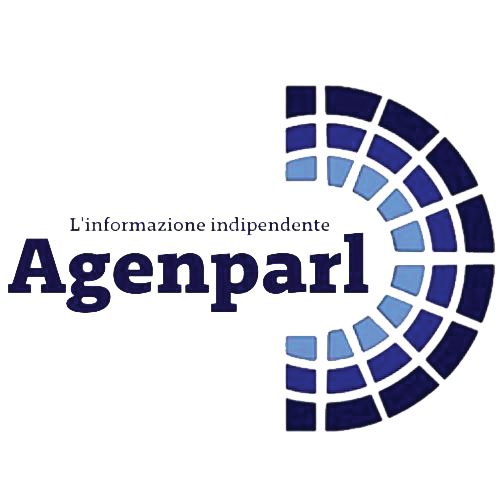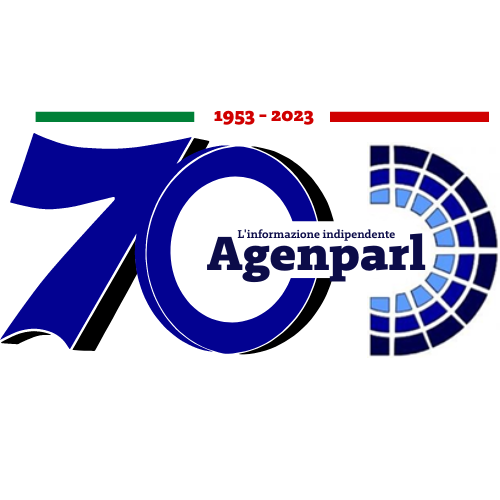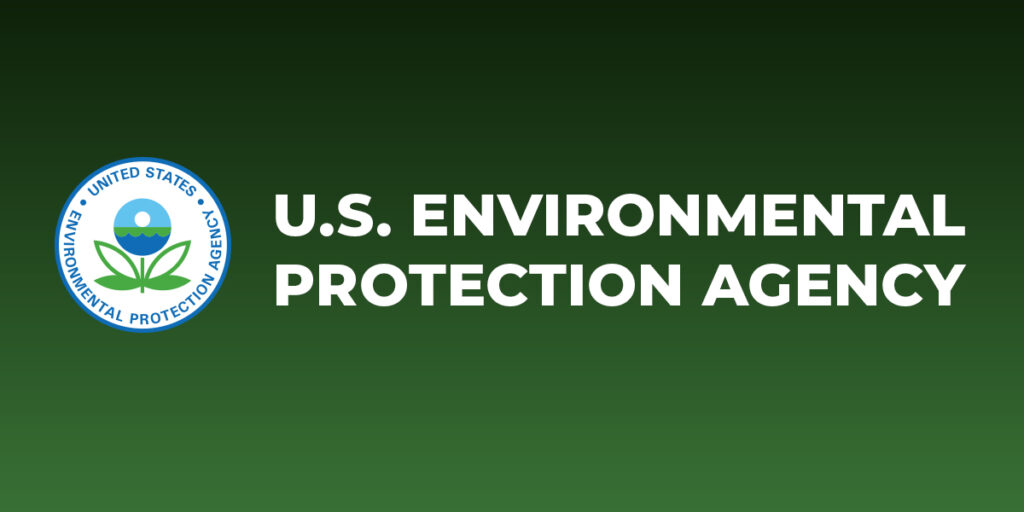 (AGENPARL) - Roma, 17 Agosto 2023
(AGENPARL) - Roma, 17 Agosto 2023(AGENPARL) – gio 17 agosto 2023 Issued: Aug 17, 2023 (1:23pm EDT)
If you wish to unsubscribe please do so
here: http://url6130.epa.mediaroom.com/ls/click?upn=-2BroytcZInNRyuFbAvAoN5aMEQDHIx2RtQl0jT-2FwLgZHafJKm-2F7NYrsKNAZH88rhd98aG2o5sSGIX8iVgGgXwOczi8WNFU0a7GLvUAvQ8R0QCtkuTI4WABymYAm345NQtFrZv_mLoYh0p4AWg4foFr5HgrZ1QioQ33bLwdnQ-2BsYGKFX9mApcfdQmv0-2Bvkdf9kq-2BlYjWlXhdW2f7u7Dv7v3izaKkeUPjga6YBUjnEvdYJXEdvbRra4cmaCOLgMsjv8pfb2-2FtGzyeC7jJ5MipLup0qp8tE2Gj855ZWneQ-2B6ZwdL4y22rAwv0oDey6K4YKaV68N6o71-2F50-2FlApxsszwIjEYN4Ip4jeFFL4J6zcZya4Z6sPrLU-2B1E5oNDBT4iVR-2F1MHNPdw7-2BezBbLIV3wI0uEdkZiHA-3D-3D
EPA Deletes Smithtown Ground Water Contamination Site from the National
Priorities List
NEW YORK (August 17, 2023) – The U.S. Environmental Protection Agency (EPA)
has deleted the Smithtown Groundwater Contamination Superfund site in
Smithtown, New York, from the National Priorities List (NPL) of Superfund
sites. EPA has determined all cleanup work has been completed and that no
further federal action is required at the site.
“A few decades ago, people were drinking the contaminated groundwater at
this site, but thanks to our Superfund program EPA was able to quickly give
them a safe and permanent source of drinking water, allowing the aquifer time
to recover.” said EPA Regional Administrator Lisa F. Garcia.
“Contamination levels in the groundwater have fallen to a level that meets
drinking water standards, and EPA is now removing the designation of this site
as a Superfund site.”
“I applaud EPA’s successful efforts to address the toxic contamination at
the Smithtown Groundwater Contamination Site that has threatened the health of
local residents for years. It is imperative that all New Yorkers have access
to clean drinking water, and everyone deserves to know that their community is
a safe place to live, work, and raise a family,” said New York Senator
Kirsten Gillibrand. “Thanks to this 24-year effort, residents of Nissequogue
and Head of the Harbor can now take solace in knowing their groundwater is
safe, and I will never stop fighting to ensure it remains that way.”
Groundwater at the site became contaminated with tetrachloroethylene (or PCE),
a solvent used in dry cleaning and metal cleaning, though in this case EPA was
not able to pinpoint specific sources of the contamination. Exposure to PCE
can have serious health impacts, including liver damage and increased risk of
cancer. EPA selected a cleanup plan in 2004 to clean up groundwater
contaminated with PCE. The plan included providing alternate water supplies to
homes affected by the contamination and relied on existing state and local
regulations to restrict future groundwater use.
In 2005, EPA began installing service lines to connect people’s homes to the
public water that is regulated and regularly tested. In addition, EPA extended
the water main so all the impacted homes could be connected. EPA monitored
groundwater using a network of monitoring wells to gauge the concentration and
movement of the PCE in the groundwater over time.
When hazardous substances, pollutants or contaminants remain on a site at
levels that limit use and restrict exposure, EPA conducts follow-up reviews
every five years. These five-year reviews, ensure that the cleanup actions
continue to protect people and the environment. Several five-year reviews for
the site were performed from 2011 through 2020 to ensure that contamination
was not posing a risk to people. The most recent five-year review, conducted
in November 2020, determined that EPA’s actions at the site protect
people’s health and the environment. Levels of PCE in the groundwater have
fallen to below state and federal drinking water standards. As a result, no
additional five-year reviews will be required.
The NPL includes some of the nation’s most serious uncontrolled or abandoned
releases of contamination. EPA deletes sites or parts of sites from the NPL
when no further cleanup is required to protect human health or the
environment. Years, and sometimes decades, of complex investigation and
cleanup work have gone into getting these sites to where they are today.
Visit the [Smithtown Groundwater Contamination] Superfund site profile page
for additional background and site documents.

